A child squints into a telescope, one eye screwed up for better focus, smiling with interest and disbelief. The light is soft, and behind her are the mild pinks and purples of a clear evening. “That’s where the dream first starts,” says Robert Ormerod of the portrait from his project Above Us the Day. “When I was really young I was completely blown away by the idea of astronauts and space.” Children crop up frequently in the work — some grin while clutching rockets, others appear more serious dressed in NASA spacesuits. They are the perfect examples of the wide-eyed fascination Ormerod’s project seeks to depict: a passion for the most distant things we know of or are yet to discover.
The IET Engineering & Technology Photographer of the Year competition invites practitioners to respond creatively to engineering-related subjects, an approach that underpinned Ormerod’s project from the outset. “Passionate amateurs is really how it started,” says the Scottish photographer. “It’s about how ordinary people interact with the concept of outer space in different ways.”
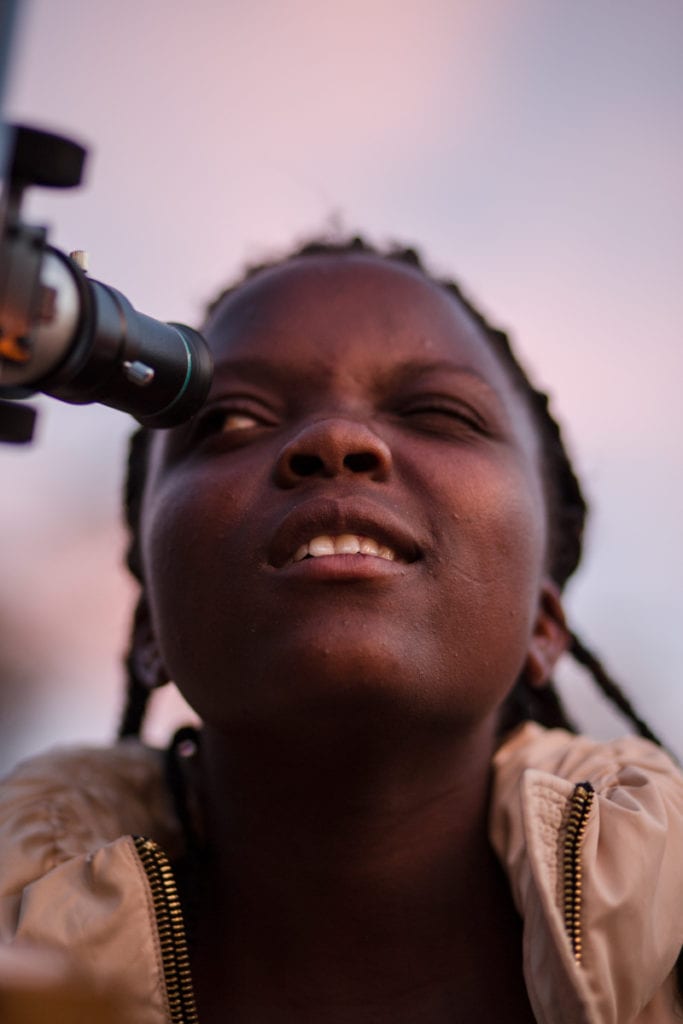
Ormerod’s first stop was International Rocket Week in Scotland, where enthusiasts gather to share their passion. “There was a guy whose goal was to launch a rocket and see the curvature of the Earth,” recounts the photographer. “He managed to do that when I was there — I saw the pictures. A pretty amazing thing, to just build a rocket and send it into space.” Space exploration seems, slowly, amazingly, to be becoming more accessible. “The lines are beginning to blur between what ordinary people can do and what they cannot,” he continues. “It will be interesting to watch as things change.”
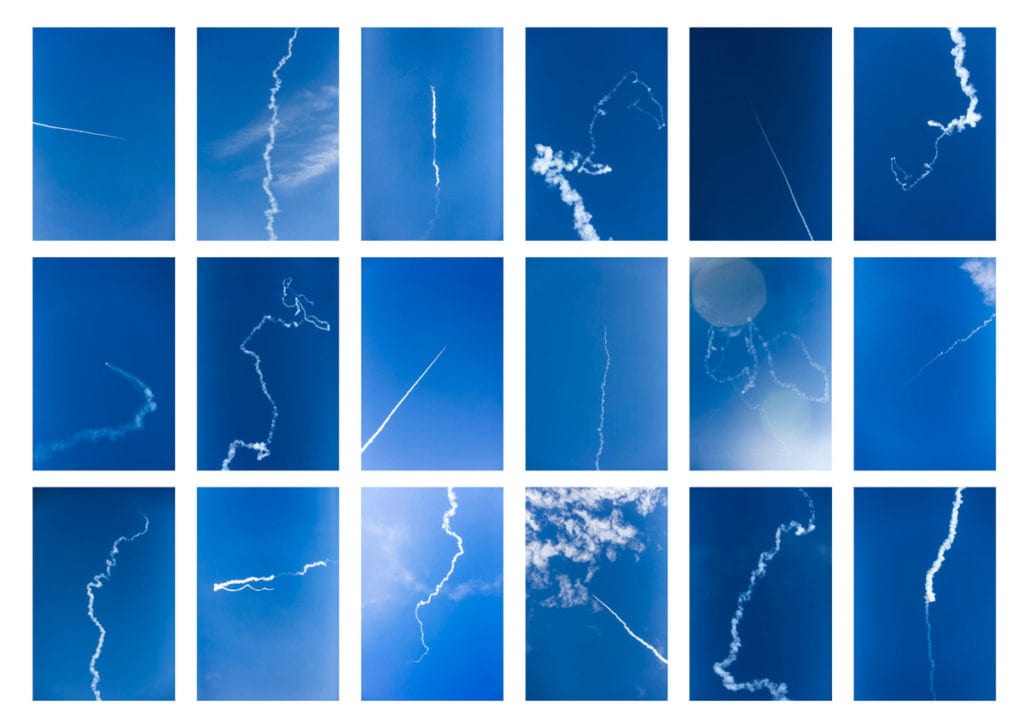
As the project progressed, Ormerod began to ask himself what drew him to the subject, and why exactly he found it so compelling. “What is the passion, where does it come from, at a deeper level? Why am I interested in it? Why does it scare me? Why does it make me feel small?” He observes that, living in a world in which you can travel anywhere in 24 (if not 12) hours, those wishing to explore have to look further afield. “Space is the other place to go for that thrill of exploration: what’s behind the next galaxy, the next solar system. What more can be found?”
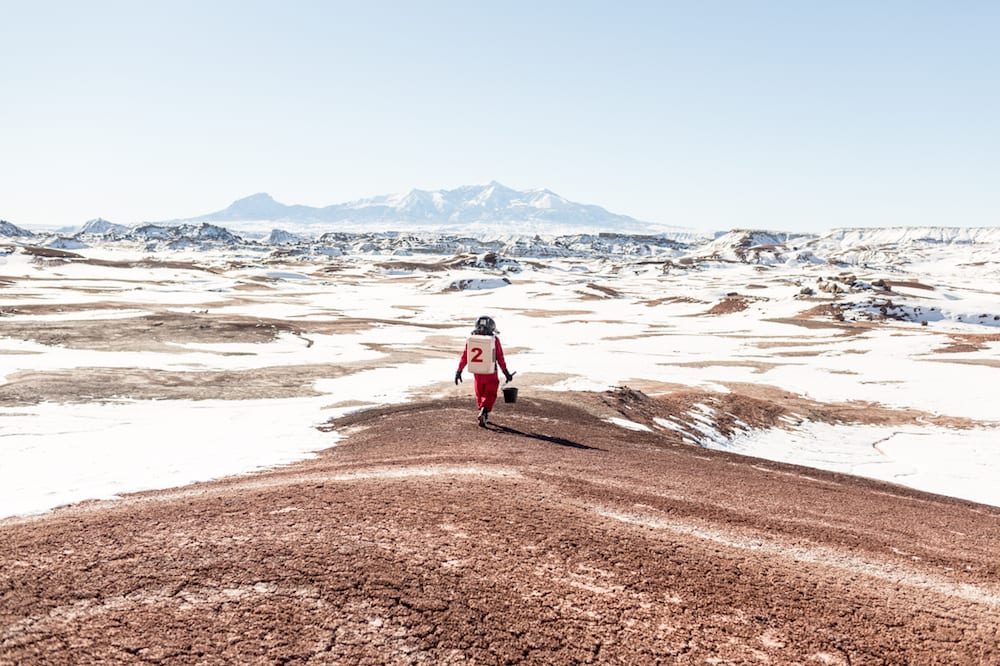
Ormerod expanded his project to include not only amateurs and enthusiasts but also professional engineers and scientists volunteering to assist them in Mars simulations, and UFO theorists around Area 51. He travelled to the US, Oman, and Iceland, his own adventures reflecting those undertaken by scientists and astronauts in pursuit of answers to galactic questions. “We don’t know if we’re alone if any other kind of species or plant life or microbes or whatever are out there, still. It’s a bit of an existential crisis,” he notes. “I was kind of fascinated with that fear; the combination of fear and interest, almost awe.”
The problem, however, was finding creative ways to visualise and dramatise these technological processes in a manner that was engaging, a challenge that the IET is familiar with. “Engineering and technology are exciting and fast-changing — shaping the world around us, improving the quality of our everyday lives,” the IET explains. “Traditional images of engineering and engineers have focused on hard hats and dirty overalls, which is an image the IET is committed to change.” Ormerod found himself working against similar clichés when it came to the scientists and rocketeers he was documenting. “On paper, it sounds really interesting, but often you have to find something that’s going to be visually interesting as well,” he notes. “That’s the difficulty with science: the way it’s perceived as being hard and complicated, but actually it can be really fun and inspiring.”
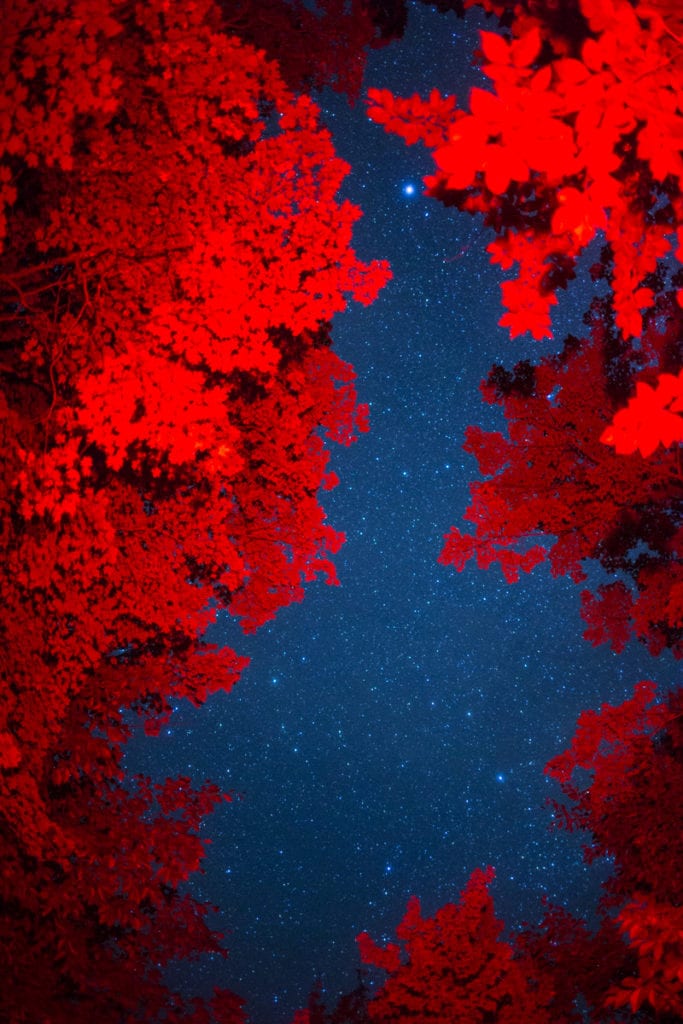
His resulting images betray no hint of the former: they’re awash with an extraordinary light, both terrestrial and the celestial glitter of stars; his portraits are situated in such vast and gorgeous landscapes that they could be on other planets. “I started to think of it as this colourful journey through the human perception of outer space, so playing with bright colours, and the surreal, or this kind of hyperreality,” he says. Ormerod’s approach is definitively anti-dull, and the project bursts with intrigue, making a strong case for the exciting role that technology can play in the lives of even the most ordinary people.
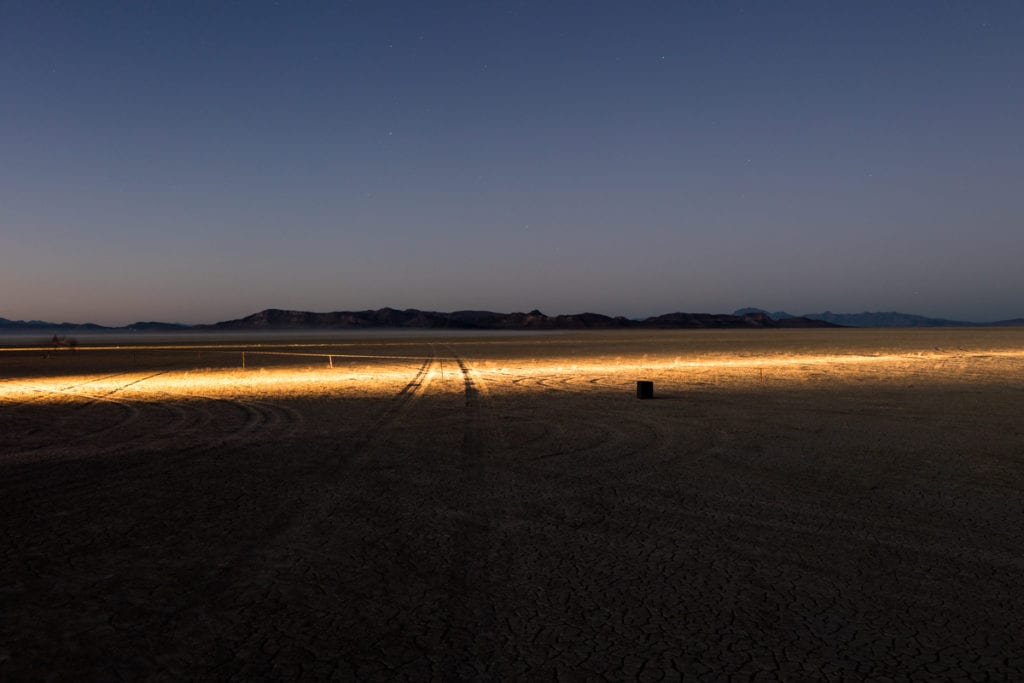
Ormerod is inspired by space in all its guises — the early film adaptations of Jules Verne novels, the Apollo 11 documentary, a Joel Sternfeld still of space shuttle Columbia, to name just a few. His project exists as a vibrant depiction of enthusiasm for space travel, both at the level of the enthusiast, where the project began and at the front line of science itself. The work is ongoing: Ormerod would like to shoot more in Russia and explore the influence of the Space Race — how it pushed humanity to put a man on the moon. Ultimately, his own passion for the subject and desire to communicate that to viewers is clear: “Taking the viewer down a surprising, interesting, sometimes funny, and sometimes informative journey using colour, and a kind of atmosphere, and blending it all together with different threads.”
The IET Engineering & Technology Photographer of the Year Competition is free to enter and open to anyone, anywhere in the world. The competition is split into two categories – Junior (16 and under) and Adults (17 and over); entrants to either category may submit a maximum of five images across the five different themes. There is also a smartphone category, which also spans the five themes. Prizes range from £150 to £750; a selection of the winning photographs will be published in Amateur Photographer magazine and be exhibited at IET London, Savoy Place.
Enter the IET Engineering & Technology Photographer of the Year Competition 2019! The deadline for entries is 30 August 2019. Please click here for more information about collaborating with Studio 1854.
–


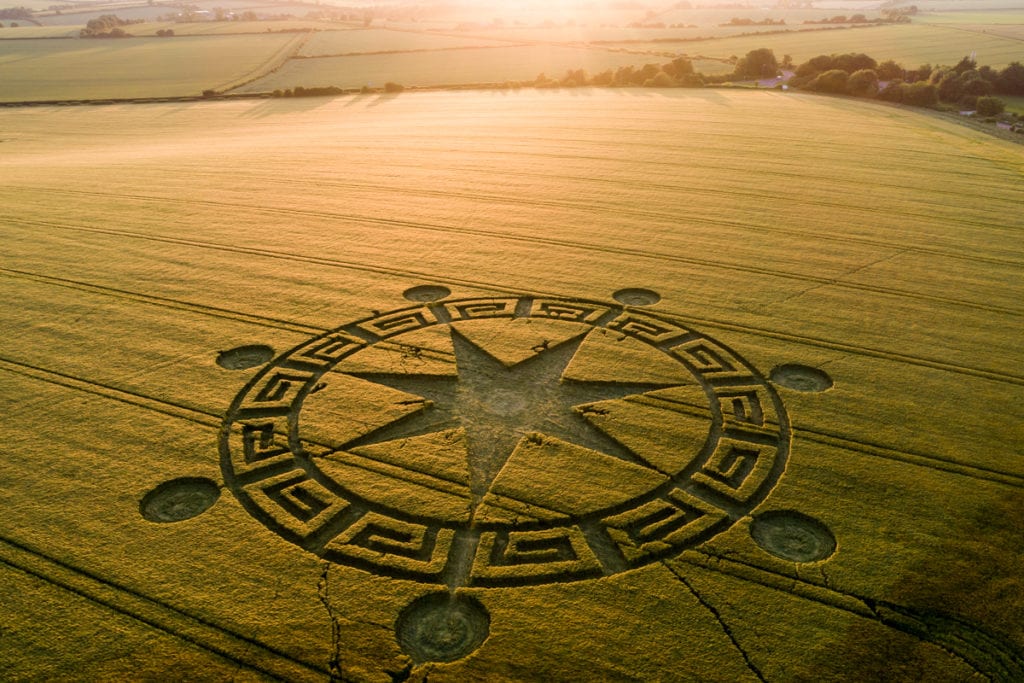
–
This editorial was created with the support of IET. For more information on sponsored content, visit 1854.studio
To hear about upcoming commission opportunities, register with 1854 Commisions.
